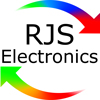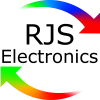Tact Switches Explained
In this blog post, we will explore the incredible capabilities of these small yet mighty electronic components.
What are Tact Switches?
Tact switches, also known as tactile switches, are electromechanical components primarily used in printed circuit boards (PCBs). These small and compact switches are designed to connect electronic components by forming an electronic circuit. PCB switches can either be surface-mounted or through-hole mounted onto the PCBs. Surface-mounted switches sit flat on the PCB, while through-hole switches are inserted into the drilled holes on the board and soldered onto the pads on the other side. The term “tactile” in tactile switches refers to the ability of the switch to provide a slight physical sensation when pressed, giving the user feedback to confirm the action has been executed.
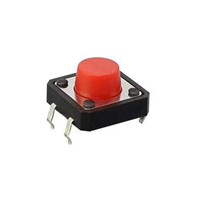
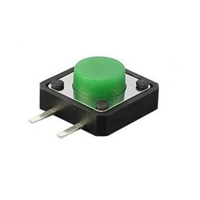
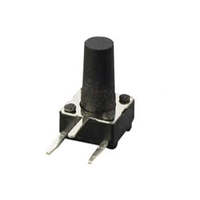
The Importance of Tactile Feedback
One of the key advantages of push button tact switches is their ability to provide tactile feedback to users. This tactile response ensures that users have a clear indication that their command has been registered. The satisfying click or soft touch allows for an intuitive and responsive user experience, minimizing errors and enhancing user satisfaction.
Durability and Longevity:
In addition to their tactile feedback and design versatility, tact switches are built to withstand repeated use. Premium quality tactile switches are rated for thousands, if not millions, of operations, making them ideal for devices that require frequent input. This durability ensures consistent performance and extends the lifespan of the devices they are incorporated within.
Types of Tact Switches:
Our selection of tact switches offers a variety of options to suit your needs. Whether you require momentary or latching push button functionality, LED illumination or etching and stamping, we’ve got you covered. Choose from a range of caps to complete your design. The position of push buttons can also be important to your design, which is why we offer both horizontal and vertical options. If LED illumination is necessary, our illuminated tactile switches emit light for enhanced visibility.
Illuminated Tact Switches.
Many of our tactile switches are equipped with LED illumination – single, bi-colour or RGB options available.
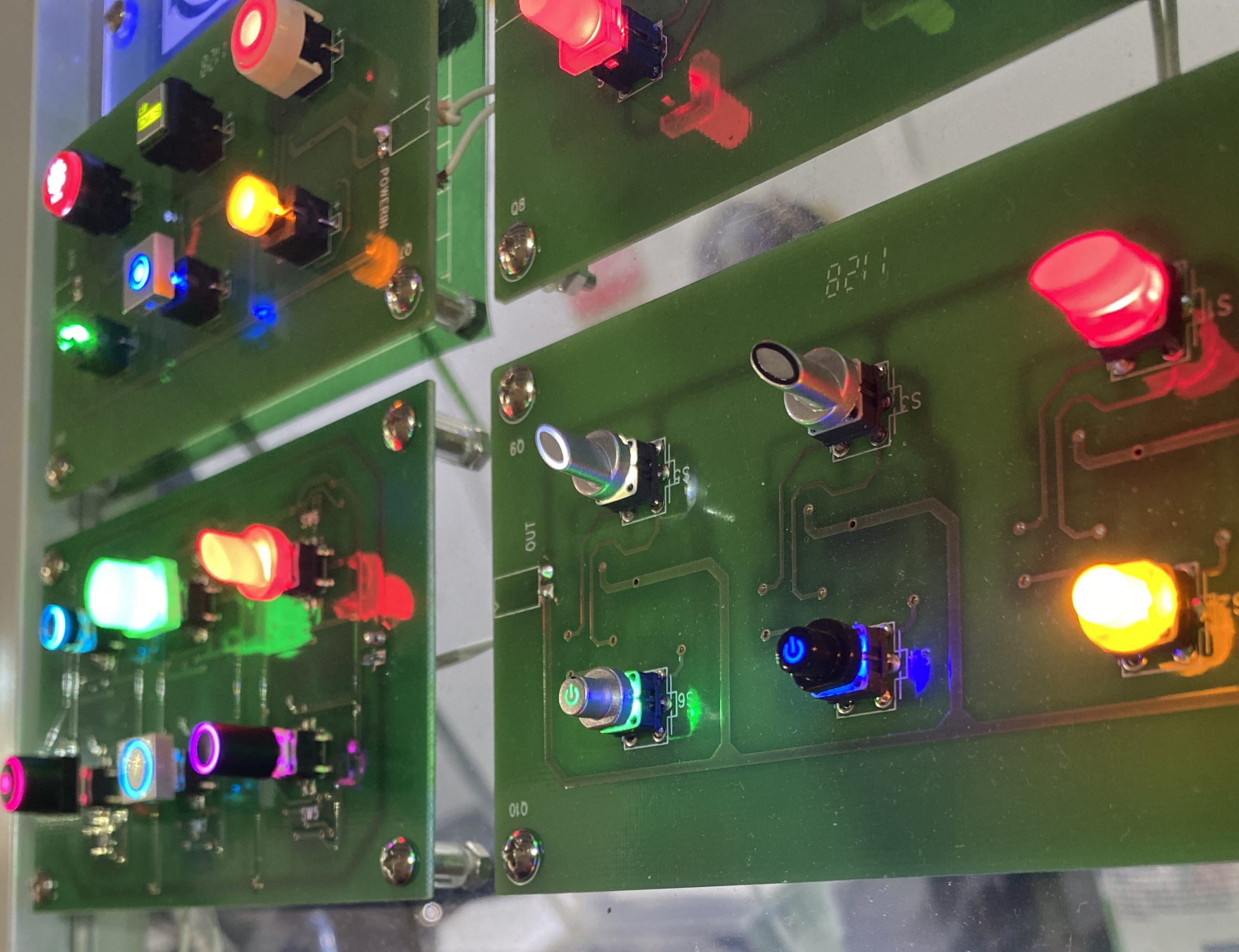
Where are Tact Switches used?
Push button tact switches find their utility across a wide range of applications, including consumer electronics, automotive systems, industrial equipment, healthcare devices, and more.
Tactile switches are ideal for electronic devices and applications which have multiple out-put functions. Generally low profile and small size, these switches are a popular component for many devices.
Conclusion
Tact switches have become vital components in modern electronics, enriching user experiences and enabling seamless interactions. Their tactile feedback, design flexibility, and longevity make them an indispensable choice for a wide range of applications. As technology continues to advance, push button tact switches remain at the forefront, empowering users to engage with devices effortlessly.
Interested in our products? Speak to us today!
How to place an order?
We operate Monday – Thursday (8 am – 5 pm) and Fridays (8 am – 4.30 pm)
Call us on +44 (0) 1234 213600 to speak to our Sales Engineers or e-mail us
on [email protected] alternatively, leave us a message using our online contact form.
View our full product range here | Download our recent product catalogue
Switch on.
Sign up to our mailing list for the latest news, product notification and so much more!
Just one click away…
